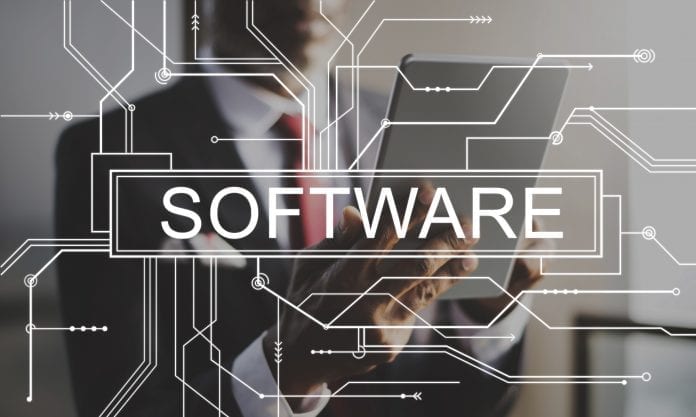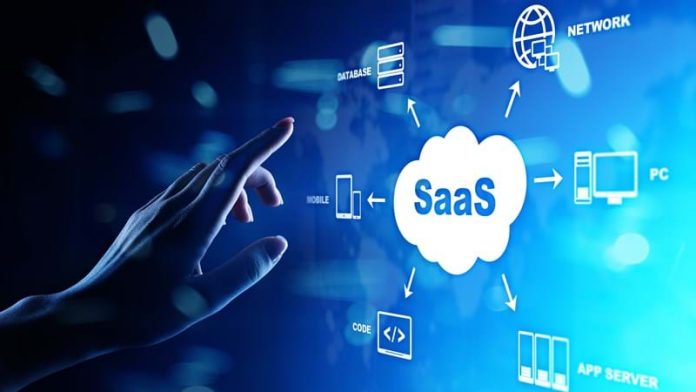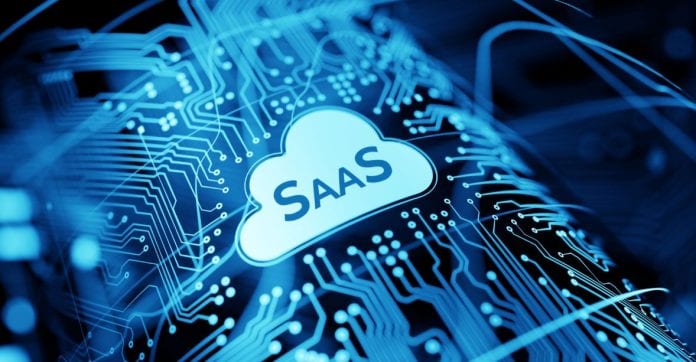Software as a Service, or SaaS, is a software distribution model in which a third party provider is contracted to host applications and make them available for the users across the internet. It is one of the three main components of cloud computing with others being Infrastructure as a Service or IaaS, and Platform as a Service, or PaaS.

SaaS gives the ability to the companies and individual users to outsource a big chunk of their services. One of the simplest forms for video gamers is cloud gaming like Google Stadia and Nvidia’s GeForce NOW. Apart from this, a lot of online casinos do the same as well. It is universally a trend for new online gambling venues in Australia as per the recent Casinos-Australia report. According to the finding, gambling activities are legal especially when the casinos rent services from an external company, which hosts most of their games. Not only gaming but SaaS is actively being used for critical business infrastructures such as emails, sales management, financial management, human resources management (HRM), customer relationship management (CRM), billing, and etc. Some of the most popular companies that provide SaaS are Salesforce, Oracle, SAP, Microsoft with its Azure technology, and Intuit.
SaaS is extremely useful due to the fact that while the source of the application is the same for everyone depending on the Service Level Agreement (SLA) customer data is stored either in cloud or hybrid (both locally and on the cloud). Organizations can integrate SaaS applications with their own developed software using the Application Programming Interfaces (APIs).
SaaS Advantages

Software as a Service is offering a lot of potential advantages to the companies:
- Cost: SaaS is generally a subscription-based service, which means that as the time goes on the money sank into the product increases, however, the cut in the initial cost is huge in comparison. Apart from this, the monthly subscription is not as taxing on a healthy company as one may think. Since the SaaS provider manages the whole IT infrastructure that runs the software, it reduces the fees for hardware and software maintenance.
- Deployment and Configuration: Developing and deploying the IT Infrastructure is associated with huge costs and time investment. The company needs to hire a group of experts, then buy the hardware, transfer it, maintain it, and etc. The SaaS application is already installed and configured in the cloud by the service provider. This means that the process of starting up is basically instantaneous since all you need to do is to register in the SaaS solutions and adjust much smaller configurations.
- Accessibility: What sets SaaS apart from the traditional enterprise software installations is that all you have to do to access the service is to have a computer and a browser. Most of the time not even that is required as SaaS can be accessed through a wide variety of hardware. The accessibility is also present from any location all across the globe, while the corporate network needs to be set up, opened, and configured to accept the “outside” connections. Not only that but the cybersecurity expenses are mostly also covered by the SaaS provider.
- Scalability: Generally speaking when the corporation expands the network also needs to be scaled. This includes buying extra hardware for the servers to hold up, updating the software to accommodate higher traffic, and numerous other expensive adjustments. SaaS providers on the other hand due to the subscription-based service can adjust the plans very quickly and easily. This means that for your software to scale up all you have to do is to change the plan on the SaaS provider’s website.
- Simple to Update: Software as a Service providers take care of all of the hardware and software adjustments required for the updates. This means that deploying updates on hosted applications is totally taken over by the third party and cuts out all of the associated time and financial resources required to be invested in the process. Apart from this, individual customers are also not responsible for paying attention to this process as it will be rolled out automatically once they are connected to the internet.
- Compatibility: Apart from the painful processes associated with updating the software the compatibility is also something IT teams have to pay attention to when they are developing their infrastructure. This means that conventional methodologies can require a lot of time and money. Even worse part is the version differences between the members of your workforce, which can lead to compatibility issues and a lot of wasted time. With SaaS, the users are logging into an already updated and ready to go software which cuts out the compatibility issues as a whole.

Conclusion
Overall, Software as a Service has a lot to offer for the companies of any size. If it is properly implemented it can save huge amounts of finances as well as human resources. It eliminates issues with updating, compatibility, scalability, security, and accessibility. However, it is not all sunshine and rainbows with SaaS as it has its drawbacks as well. This is why it is important to do proper research on the Software as a Service provider and see what exactly they are offering as well as what exactly your requirements are. Well-informed decisions save the most energy, time, and money to the company as a whole.









